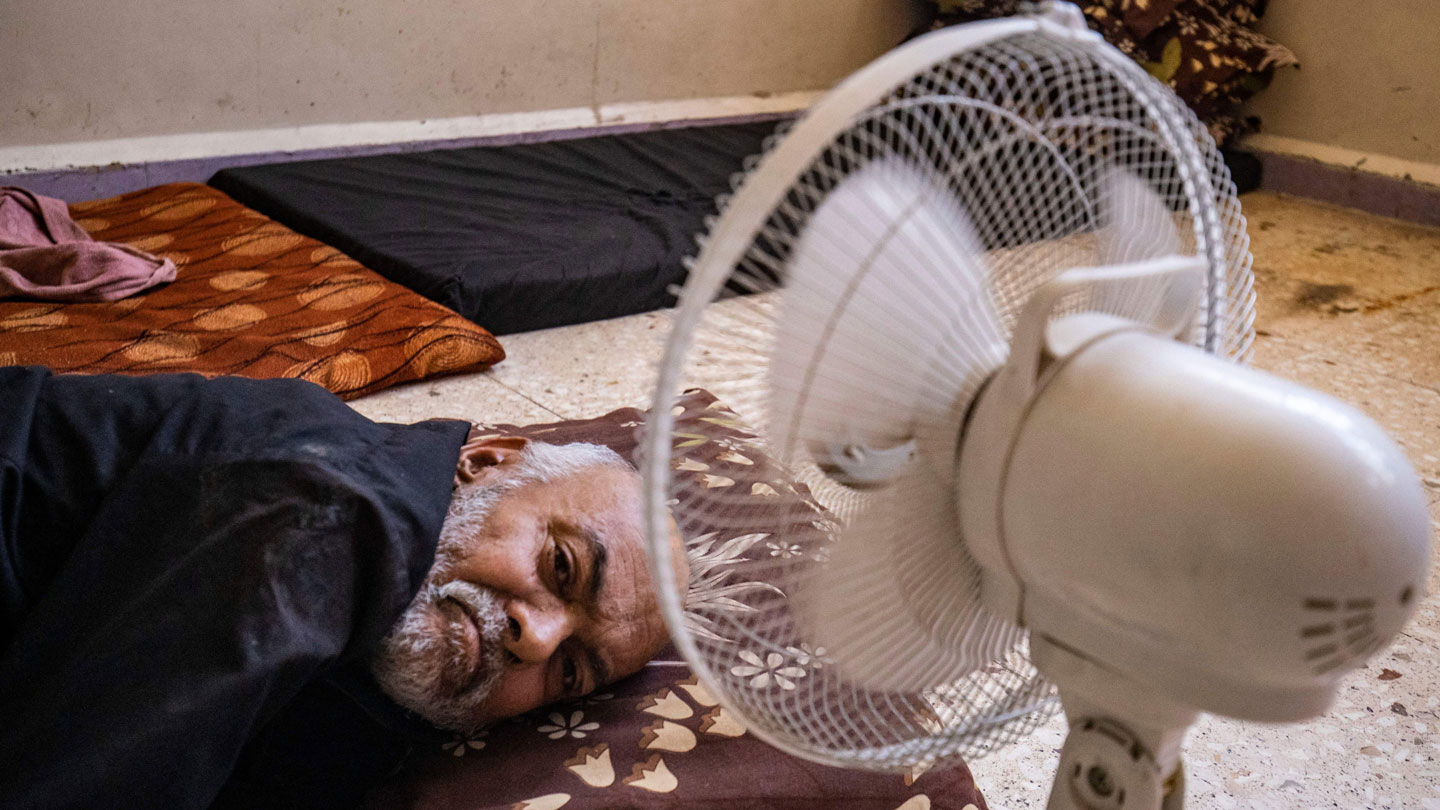Fans may not keep older adults cool during heat waves

Air blowing from an electric fan alone isn’t enough to cool off older adults sweltering indoors in a heat wave, new research shows. A study of 18 adults aged 65 to 72, monitored in a controlled-climate chamber simulating extreme heat wave conditions, found little difference in peak core temperatures as a result of electric fan use, scientists report October 17 in the Journal of the American Medical Association.
Older adults, many of whom prefer to weather heat waves their own homes, are particularly at risk for heat-related health impacts (SN: 5/14/24). In the absence of access to air conditioning, using pedestal-style electric fans has been one recommended strategy for individuals at home to try to stay cool. Fans can speed up heat loss, lowering the body’s core temperature, by increasing sweat evaporation.
But recent studies based on biophysical models have suggested that fans may not provide much cooling as the ambient temperature tops 33° Celsius (91° Fahrenheit) — particularly for older adults who may not sweat as efficiently.
So environmental physiologist Fergus O’Connor, now at Griffith University in Brisbane, Australia, and colleagues decided to directly test fans’ cooling power during heat wave conditions. Study participants spent three episodes of eight hours each sitting in a chamber at the University of Ottawa, with the temperature set at 36° C (96.8° F) and 45 percent relative humidity. Those conditions are similar to the climate Vancouver citizens endured during the weeklong heat dome that settled over British Columbia in 2021, which led to an estimated 619 deaths in the province (SN: 7/7/21).
The climate-controlled chamber also had an electric fan. Previous models simulating fan effectiveness assumed a pretty powerful airflow of around 3.5 to 4.5 meters per second. But that’s more power than many standard home fans are capable of, the researchers note. So each exposure period included a different fan speed: no airflow, a slow airflow of 2 meters per second and a fast airflow of 4 meters per second.
The team then evaluated the subjects’ body core temperature, cardiovascular strain, dehydration level and thermal comfort — the perception of feeling too hot or cold. The findings suggested that, compared to the control case of no fan airflow at all, the slower airflow resulted in no significant changes in core temperature, blood pressure, fluid consumption or thermal comfort. The faster airflow improved perceptions of thermal comfort — but, biophysically speaking, there was no significant improvement.
Source link

